As one of the top third-party studios in the games industry, SuperGenius maintains core values of adaptability, sustainability, and growth with the help of Autodesk solutions, easing workflows throughout complicated processes and letting the creative steps of game development flourish.
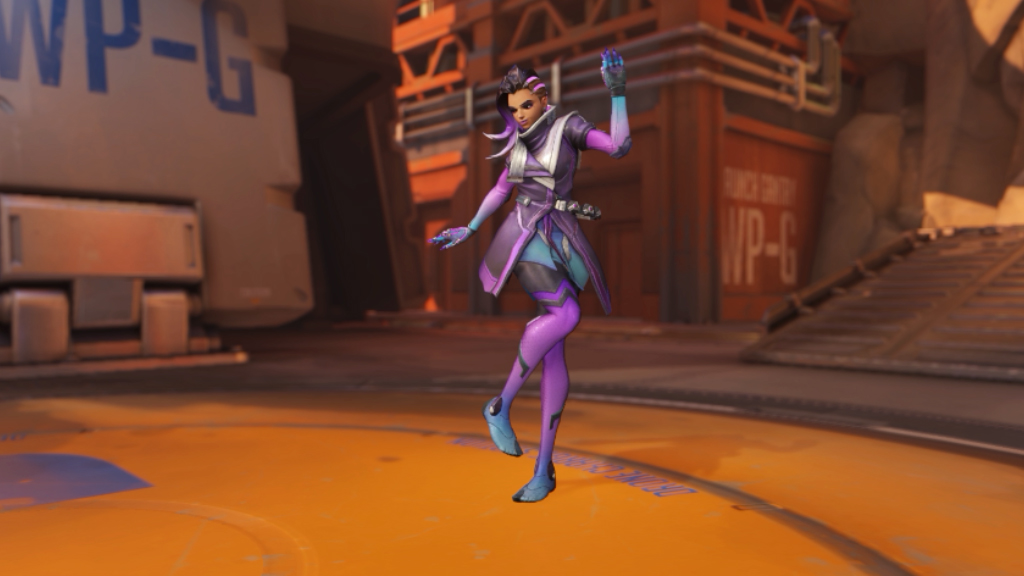
Overwatch. Developed and published by Blizzard Entertainment
Video game enthusiasts have likely seen and admired the work of SuperGenius, even if they’ve never heard the name. The design, production, and development studio has helped create some of today’s most sought-after games, ranging from Overwatch, the new System Shock Remake, Valorant, and God of War Ragnarök to Magic: The Gathering Online, Hearthstone, and mobile projects for Disney Interactive.
At a glance, such a multifaceted résumé seems like a fantasy in itself, but SuperGenius credits its flexible and open-minded approach to the game development process for this achievement. Founded in 2008 as a pioneer in game art outsourcing, SuperGenius focused on teams and co-development rather than simple asset generation. It has become a leading third-party studio for real-time art, animation, and VFX designed, built, and implemented for Unreal and Unity game engines.
SuperGenius’ mission is two-fold: Firstly, the team aims to collaborate closely with clients, acting as an extension of existing teams, reducing the stress of development, and enhancing their ability to produce some of the best games in the world. The results show in the team’s wide-ranging portfolio of animation, VFX, concept art, and 3d modeling for its high caliber of clientele.

God of War Ragnarök. Developed by Santa Monica Studio. Published by Sony Interactive Entertainment
That mission overlaps with the second facet of their mission: to cultivate an environment where artists and developers have the resources and support to create top-shelf work, find fulfillment in what they do, and grow together as a team.
By tapping into Autodesk’s Design and Make software, SuperGenius maintains a sustainable workflow and grows its team’s skills and reputation as one of the go-to outsourcing studios for the game development industry’s biggest names.
Flexible game development solutions for any mission
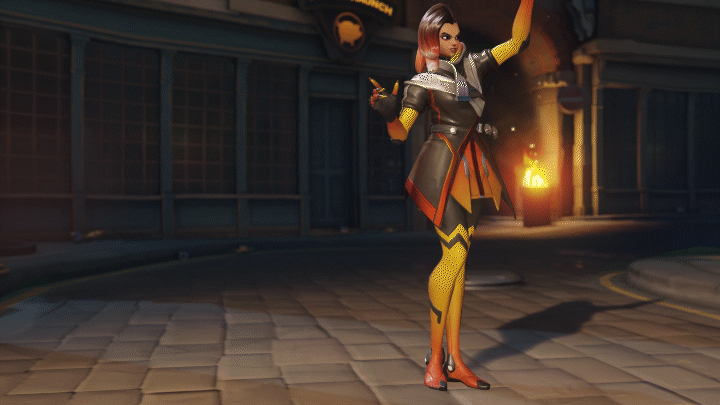
Overwatch. Developed and published by Blizzard Entertainment
As a studio focused on client work, the SuperGenius team needs to stay adaptable in how it builds and animates assets. However, video games require a lot of unique considerations, especially for a company like SuperGenius that tackles a wide variety of styles and platforms.
“The core process of animation remains largely the same [as an average game development pipeline], but the details are adjusted per project,” explained Bryan Provencher, one of SuperGenius’s co-founders and Project Director/VP of Development. “This can include adopting our clients’ tools and project-specific workflows so that we’re in lockstep with their team, following their reference-gathering processes to previsualize performances before we begin animation, and learning specific style techniques to make our work blend seamlessly into the project.”
Their work on Overwatch, for instance, involved all three of these aspects, especially with respect to detailed reference gathering to previsualize and plan animations before committing to them.
These needs vary throughout SuperGenius’s individual projects as well. Expanding their services to VR games and apps, for instance, requires the illusion of hands-on interactions with objects of differing properties, plus some degree of realistic spatial placement and movement due to the illusion of player proximity to objects. There are also considerations in VR based on unique factors such as player height, arm reach, and ability to move in real spaces.
On the other hand, cinematic clips are focused on the camera work, and they may call for VFX or stylized poses that wouldn’t look correct through a game’s “unlocked,” player-controlled gameplay camera.
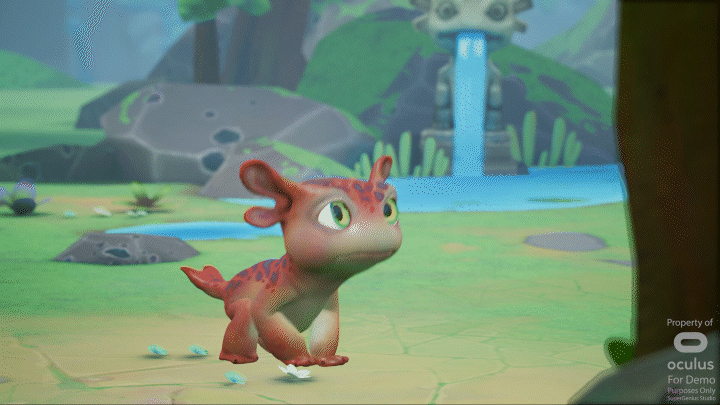
Bogo. Developed and published by Oculus.
SuperGenius uses Autodesk Maya, 3ds Max and MotionBuilder for these wide-ranging needs. Through features like the graph editor and a diverse selection of third-party tools and scripts for animation and rigging, Autodesk solutions help the team streamline technical steps so that artists can focus on what they do best.
The team points to Maya specifically as a tool to create versatile character setups that are stable, flexible, and durable, allowing the animation team to push the boundaries of expression and stylization.
“That basically refers to the ability to build character rigs that don’t break, that you can stretch and inflate or deflate, to build setups that are predictable and do what you think they’re going to do when you move a control in a specific way, and that are very malleable so that you can push expressions and poses further than normal,” explained Provencher.
SuperGenius also improved its game animation workflow thanks to the ability to organize and nest animation layers in Maya.
“This has been crucial as part of a non-destructive animation workflow. Game animation is extremely iterative, and having the ability to maintain layers in an organized fashion is invaluable,” said Kayli Olson, Animation Director. “The ability to keyframe layer blend effects over time also allows us to visualize and test how certain types of blending might appear in-game.”
Smooth motions, from one step to the next
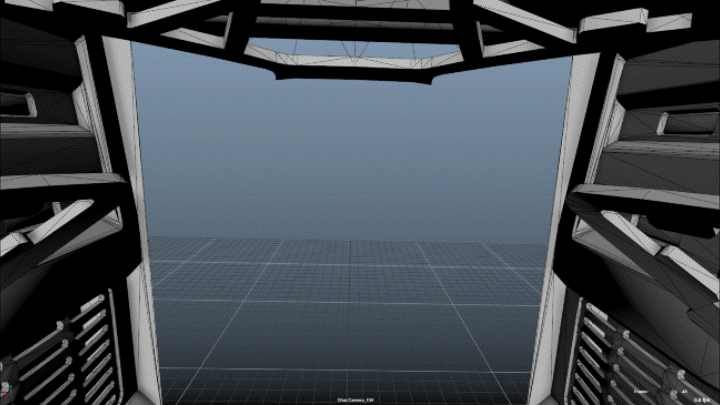
System Shock Remake. Developed by Nightdive Studios. Published by Prime Matter.
As SuperGenius offers its services at every step of the game development process, from concept art to cinematic cutscenes and everything in between, it requires an abundance of tools based on each team member’s particular needs and preferences. The one thing they all appreciate is the ease of transferring assets between software, which can otherwise be a time-consuming and resource-costly process—even internally within the studio.
For example, the team often handles motion capture animation, which requires precise and intensive clean-up techniques as the artists move through takes. SuperGenius handles this process using MotionBuilder, utilizing tools such as Time Editor to hone in on animation sequences and experiment with timing, and then transfers it to Maya, where animation can be refined on a control rig with in-game models.
“Having programs speak to each other, and being able to go back and forth when they have a clear specialty over here versus a clear specialty over there, is integral to doing at least the motion capture side of clean-up and animation,” Animation Director Naomi Fish explains.
This ease of transition extends to the end of the handoff process and to working with other industry tools. With the Autodesk Design and Make software and exporting processes, the end product often demonstrates minimal compromise.
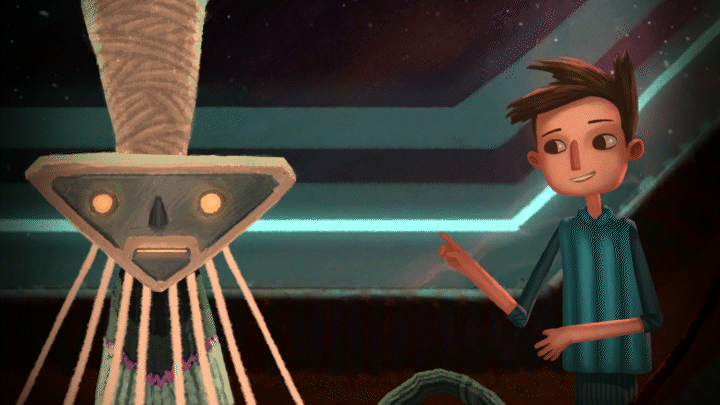
Broken Age. Developed and published by Double Fine Productions.
“We essentially have to take that client data into Maya and mash it together,” explained Olson, “I found that the Time Editor has been a great way to mash things together in a way that sort of works, and then merge it all down and use my creative power after that.”
“Autodesk does an excellent job staying on top, especially video game industry stuff,” said Andrew Williams, Senior Animator. Even though there are always risks of “hiccups” when exporting to third-party interactive engines and game development software, “when you’re taking things from Maya, for example, into Unreal, it’s all seamless, and there are plugins and exports and everything flows together really nicely.”
The team also uses Flow Production Tracking (formerly ShotGrid) to keep track of their projects in one central location and prepare their billing at each month’s end. “It’s the closest thing to a one-stop shop that we’ve found in both of those regards,” explains Traci Cook, VP of Production. “Having tried several other programs and websites, we found Flow Production Tracking has the most in-depth and customizable system for checking and cross-checking time used on projects, per person, or asset, as well as giving us the ability to keep an eye on the status of everything we have coming up or in progress.”
Care for people and projects alike
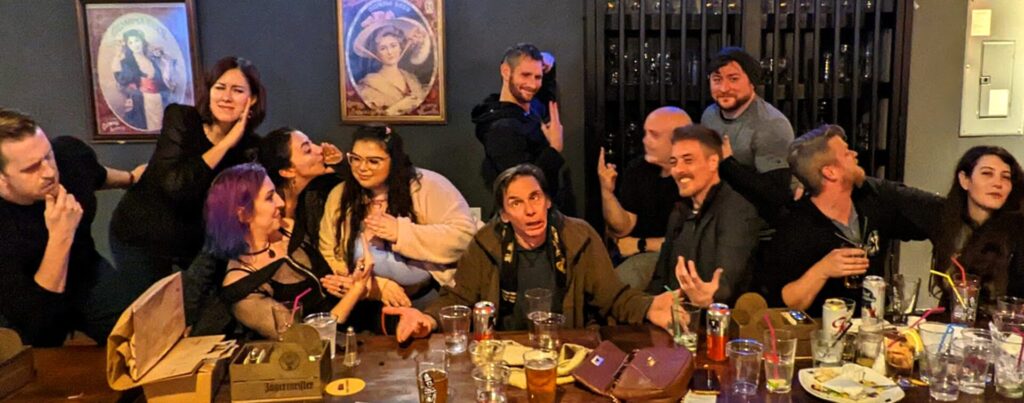
SuperGenius is vigilant not only about the work but also about the team behind it, as they believe they are intertwined. At every step, from hiring to the last mile before delivery, the team brings a diverse skill set and core beliefs of teamwork and sympathy to every project.
“We all care about each other, […] and that trickles into how we run the business,” said Provencher. “And more than that, we care about the work we do. We have a lot of really passionate people who try to go above and beyond to make sure that we’re exceeding expectations.”
For example, SuperGenius plans and manages projects to avoid crunch, the excessive overtime often pushed in tech industries that can lead to physical and mental burnout.
“We have good work-life balance, and I thank our producers and our owners for making it clear to clients that we work 40 hours a week,” Williams said.
With a low turnover and a focus on self-development, SuperGenius’ staff have the opportunity to hone their skills, making them more agile as artists and developers—and more desirable together as a top-tier studio. The artists are rarely daunted by the need to step out of their comfort zones and are supported by each other as they do so.
“We’re constantly building our résumé of software and programs and anything that comes at us,” said Williams. “We like to have a group of people capable of doing all aspects of video games, no matter what it is — from the modeling to the texturing, all the way through the entire pipeline. That also makes us applicable to many different companies because we have so many people with so many hats that can do so many different things and jump into a project and hit the ground running.”
Focus on resourceful tools and innovation
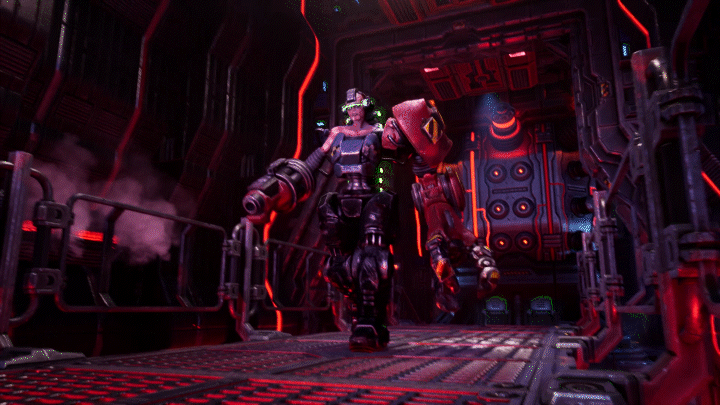
System Shock Remake. Developed by Nightdive Studios. Published by Prime Matter
Leadership constantly invests in resources to support this growth, as the studio trusts what its artists want or need to streamline their workflows further.
“We’re always looking for ways to improve our workflow, and our teams are encouraged to make a case for buying or building tools that will increase the quality and efficiency of our work—we furnish them with those solutions whenever possible,” Provencher said.
And if it’s not, they can get innovative: “Many of our animators are also competent at scripting for Maya, and it’s not uncommon for them to build tools on their own and share them across the team.”
Whether investing, building, or learning across animation tools, that growth-focused value means SuperGenius cultivates a team that can step into nearly any development adventure encompassing its core values—and support each other until they reach the final waypoint.
For more information on Autodesk solutions for games, check out our Game Design and Development page.